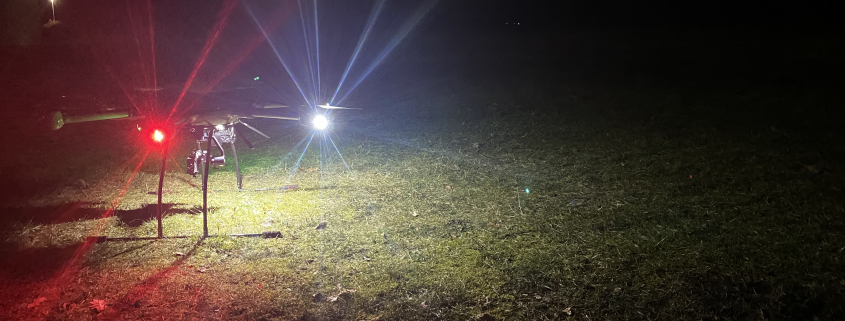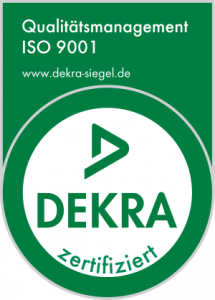Test standards for drones – StanUAS project completion
Are there actually standards and test procedures for drones? Third Element Aviation has addressed this question as part of a consortium in the StanUAS project. Together, general standards and test procedures were to be developed in accordance with the current legal framework for drones, on the basis of which future CE classes for drones can be built.
Members of the consortium were TÜV Rheinland as an experienced technical testing institution, RWTH Aachen University as an academic partner, and RotorKonzept Multikoptermanufaktur and Third Element Aviation as manufacturers and industry experts.
In the past two years, the existing legal framework 2019/945 (Regulation on Unmanned Aircraft Systems) was analyzed, corresponding requirements were derived from it, test procedures were developed and tested with the project partners not only theoretically but also in practical field trials. The current status of the 3EA drones was thereby adopted as a technological standard model without any adaptations.
A particular achievement was the volume of over 100 comments submitted to the standards committee, which were considered and thus made a substantial contribution to the state of the art. This allowed active participation on general standards for this young industry to fundamentally increase the safety of drones.
“We are looking forward to be one of the first manufacturers soon being able to offer officially C3-tested flight systems based on the results of the project and our cooperation in standardization,” said Marius Schröder, CEO of Third Element Aviation after the successful project conclusion.
Third Element Aviation will continue to be involved at national (DIN) and European (ASD-STAN) level and contribute to the standards for unmanned aviation in order to shape the regulatory environment with its own high standards for function and safety.





Leave a Reply
Want to join the discussion?Feel free to contribute!